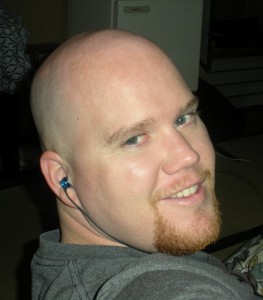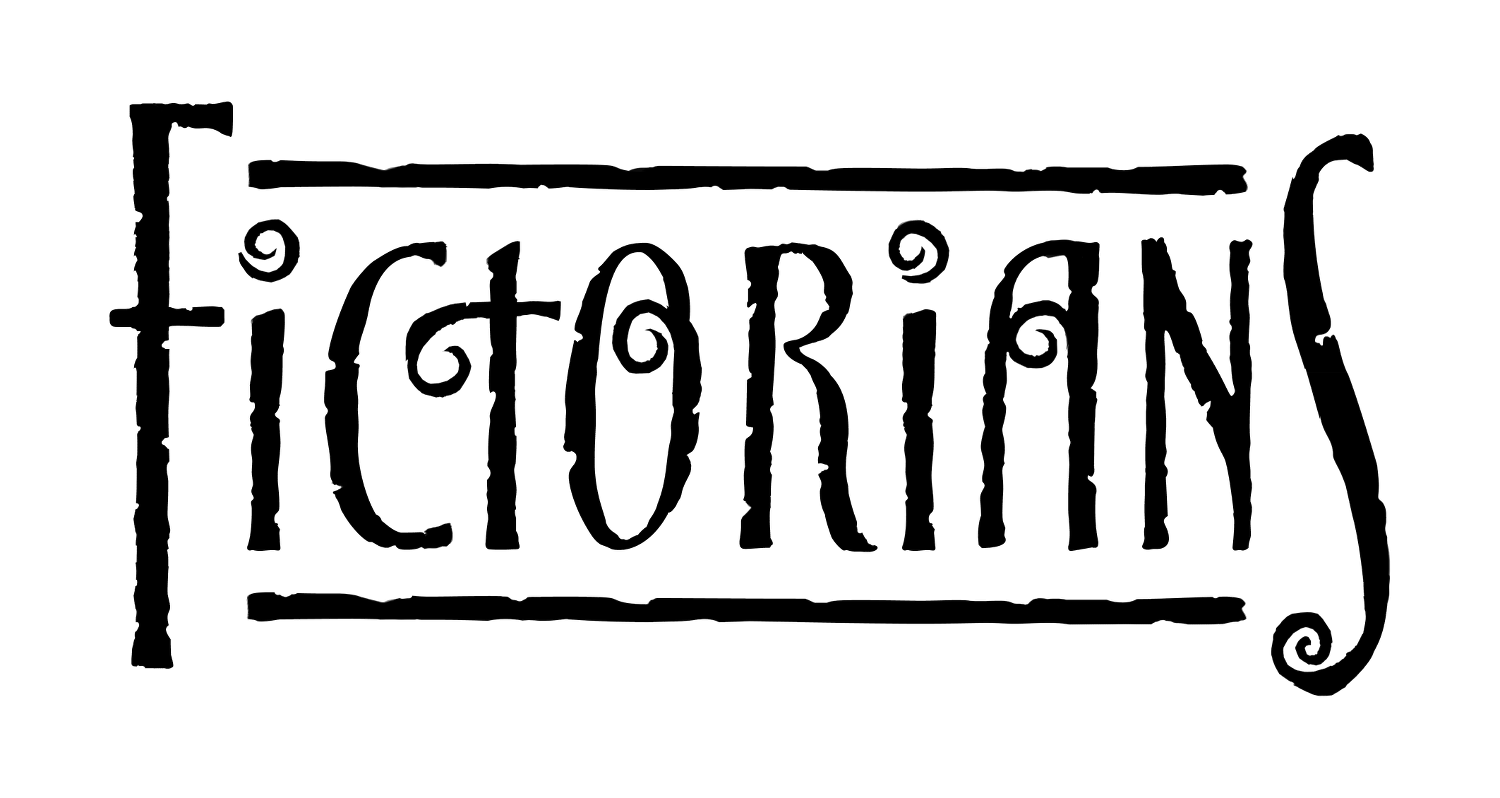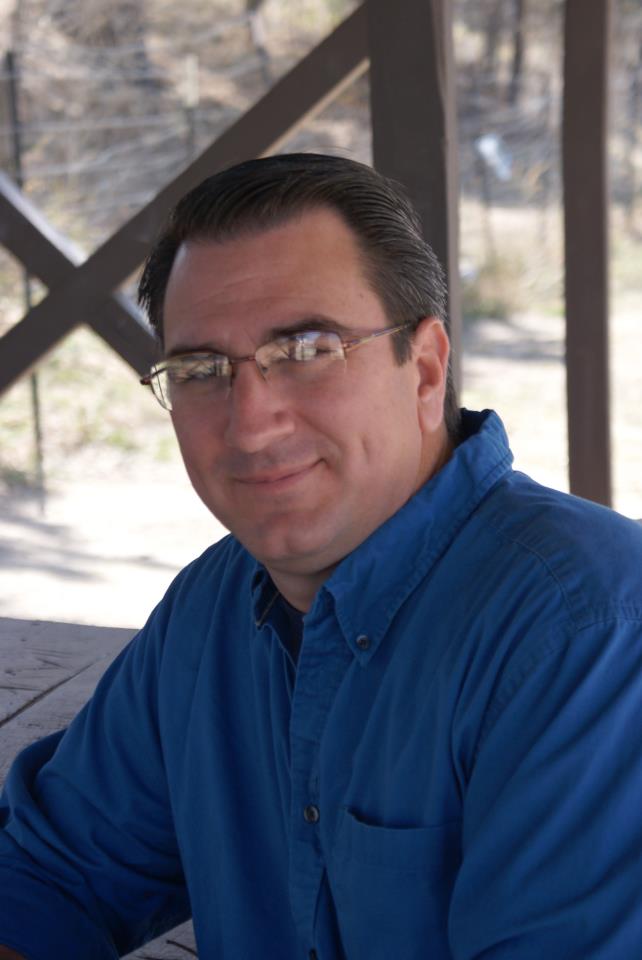 My story of a writer begins with the rejection and insecurity of a young boy who was searching for his place in the world. I was a tall, scrawny kid with glasses who was always on the honor role. One of the first things you learn is that the world is a cruel place, but no matter what troubles befell you in life, you could always find a little respite in the pages of a book.
My story of a writer begins with the rejection and insecurity of a young boy who was searching for his place in the world. I was a tall, scrawny kid with glasses who was always on the honor role. One of the first things you learn is that the world is a cruel place, but no matter what troubles befell you in life, you could always find a little respite in the pages of a book.
The first books I can remember reading were books like Boxcar Children, My Teacher is an Alien, or Bunnicula. They were fun books, written for children and they were great to get me into reading. They didn’t fully capture my attention yet. They were nice distractions, but were too simple and eventually I began to crave more.
The first book I read that completely blew me away was Redwall. It took place in another world, filled with anthropomorphic animals who had to act together to save their home from outside invaders. This book, while still written for a younger audience, taught me how worlds can truly change the world and your vision of reality. These books had combat, struggles, and death. They also had bravery, honor, and true courage. Even now, I look upon the cover of this book and remember fondly the world that I would frequent so often as a child and miss my time there.
 Other books came along that amazed me in other ways. Dragonlance taught me the power that magic can bring to even a frail wizard, and believe me, as a lanky teenager, such power was very alluring. I began to learn how each author could create a new existence, create so many emotions, with nothing more than a pen and paper. Dragonriders of Pern. Lord of the Rings. The Wheel of Time. They all drew me in. They let me experience power and loss, the struggle for glory and the failures that connect us. I wanted to join them in their world, and leave mine behind, and so I did the next best thing.
Other books came along that amazed me in other ways. Dragonlance taught me the power that magic can bring to even a frail wizard, and believe me, as a lanky teenager, such power was very alluring. I began to learn how each author could create a new existence, create so many emotions, with nothing more than a pen and paper. Dragonriders of Pern. Lord of the Rings. The Wheel of Time. They all drew me in. They let me experience power and loss, the struggle for glory and the failures that connect us. I wanted to join them in their world, and leave mine behind, and so I did the next best thing.
I began to write my own worlds, create my own rules and find my own glory. I experimented with different realities, new physical rules and boundaries. I no longer have these early manuscripts, but I’m sure they were amazing. I dedicated my life to reading and building my own world. I wrote a whole story in second-person narrative just because I was told that it doesn’t work. You, the protagonist, was pulled into another dimension to fight for your world. In the end, you failed and all was lost. But at least you got to fight, and you went down giving it your all.
I don’t remember what my grades were on those papers, but I know I didn’t get much support in those years. As I’m sure is evident, much of my world resolved around existing and creating worlds that didn’t exist. Parents and teachers seem to fear these other worlds and believe they are depths that should be avoided. I began to gravitate toward other hobbies, such as computer and science. I would receive more approval from my teachers for a little program I wrote in a few hours than I would from a story that took me weeks to write.
Approval is a strong motivator, and I still wonder where I would be if I had received more of it for my writing. I still enjoy computers and science, and I make a great living at it, but I never lost my love for fantasy. The two loves would merge every now and then as I wrote games and interactive stories on the computer, but in the end I let that side of me sleep. I would play games, read books, and live in others world, but only let mine exist in memory.
Eventually, after finishing school and leaving the military, I was able to look back on my life and try to determine who I was and who I wanted to be. You would think that such a reflection should happen when you’re younger, but society doesn’t really allow for that. I’m lucky that the job I chose still happens to be one I enjoy, but those fantasy worlds that I created in my head still lurked in the background and I missed exploring them. The people on those worlds demanded resolution, and I needed to give it to them.
I took up worlds that I had created as a child and rebuilt them. I began to create new worlds, entirely new planes of existence. I jump back and forth between novels, but it works for me. Now I write for myself, and I write the world that needs to be written at that time. One of these days, soon I hope, I’ll get to the point where I’ll be happy enough to submit one of my novels to the world. I understand that they may never be perfect, but I love these characters that exist in my worlds. I care for them, rejoice in their triumphs, and cry with their sorrow. They are a part of me, and their world is real to me. Their story needs to be told, and I’m the one to tell it.
My hope is that someday some kid will read it, and it will show them just how magical the world can really be. Perhaps it will the catalyst to create their own worlds, their own stories that need to be told. And perhaps, even if they don’t get the support they needed at the beginning, they’ll soon realize that they don’t need to please anyone else. The stories exist, and they just need to tell the tale.


